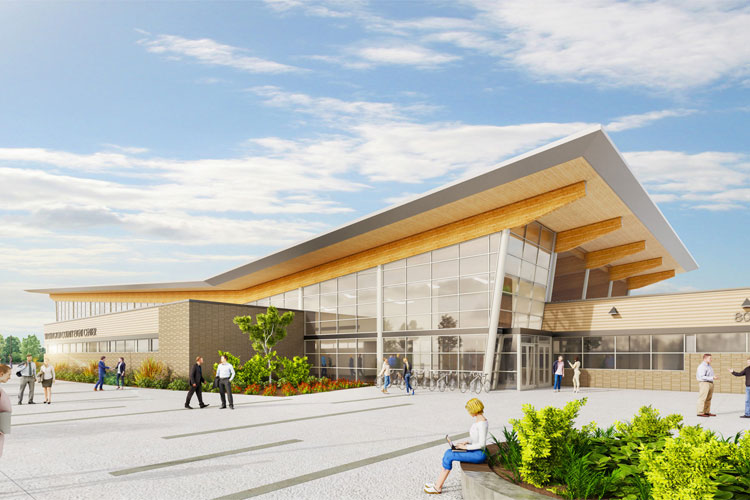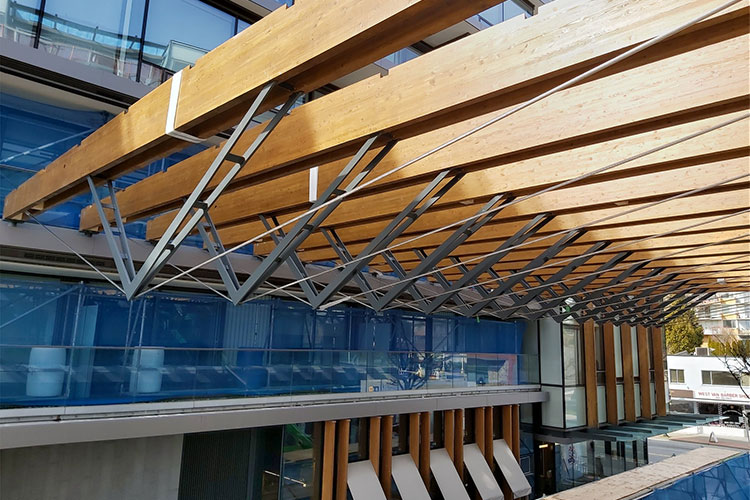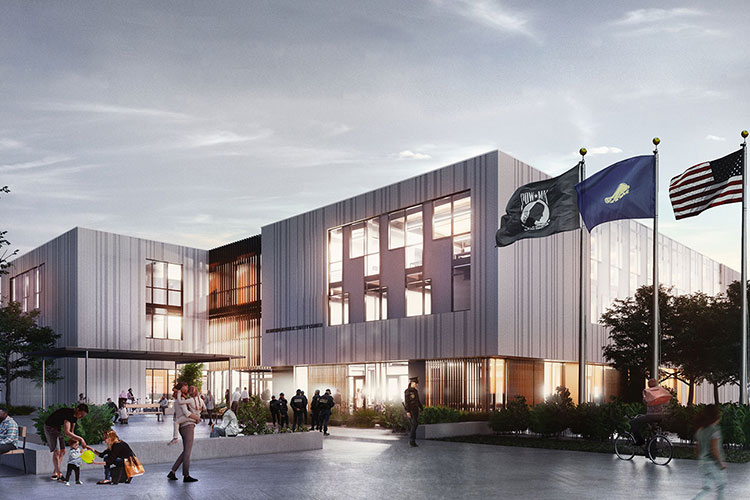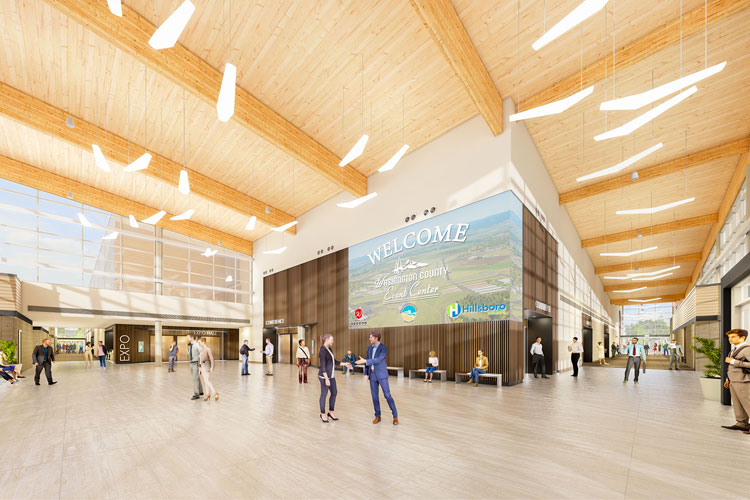Planning With The Future In Mind
Dowco has been part of the construction industry for over 50 years, and plans to be around for a long time to come. The only way that can happen is by embracing sustainable practices in industrial facility, infrastructure and building construction. Sustainable construction practices are good for the company, but more importantly, they are good for people, the planet and frankly, it’s just the right thing to do.
There are two key areas that Dowco focuses on to deliver its commitment to sustainability – materials and planning. Dowco has a strong focus on steel and mass timber construction, and the core of their business is dedicated to pre-construction planning.




